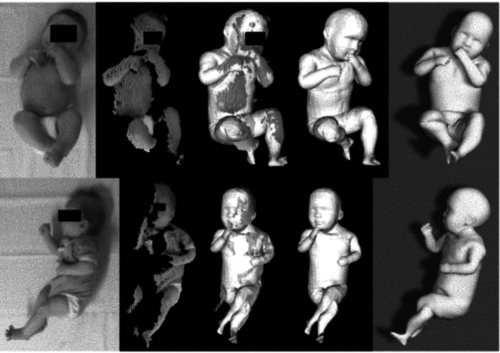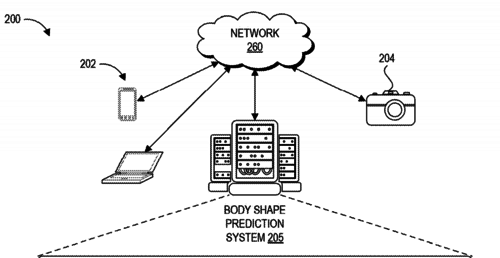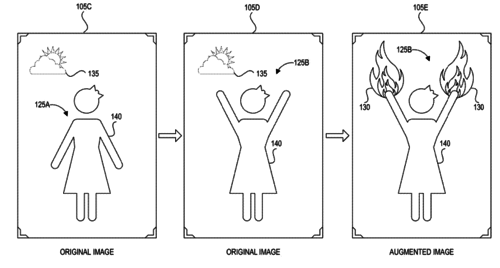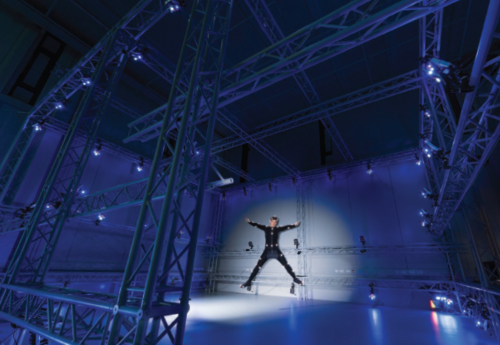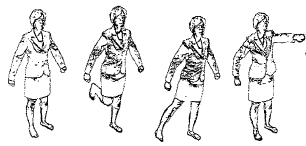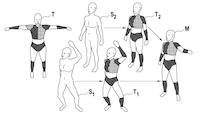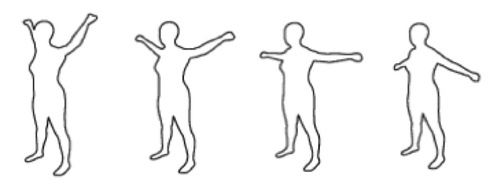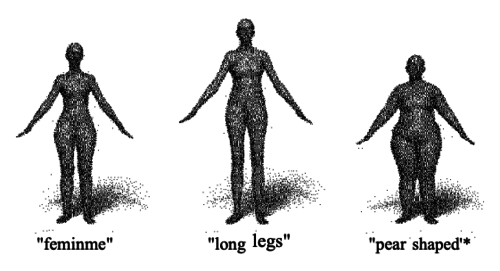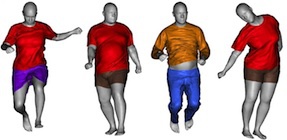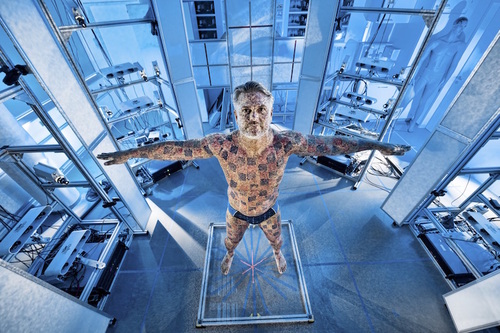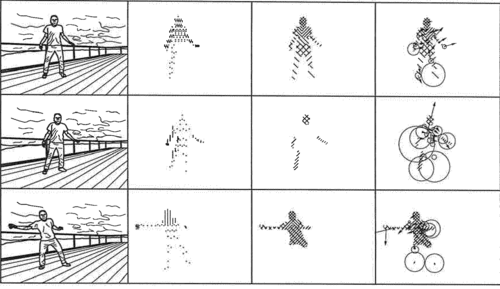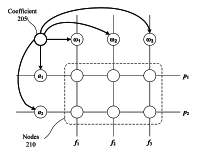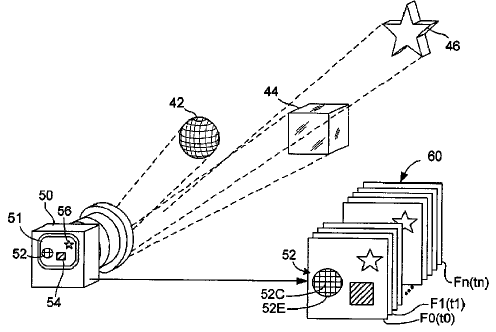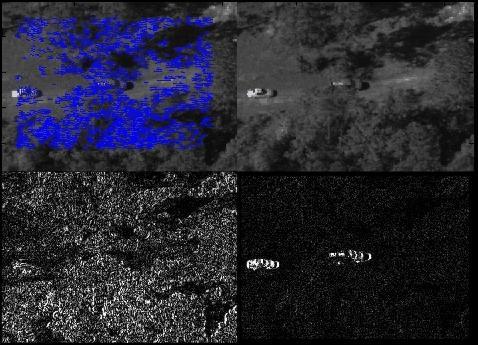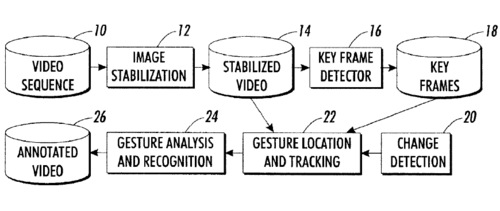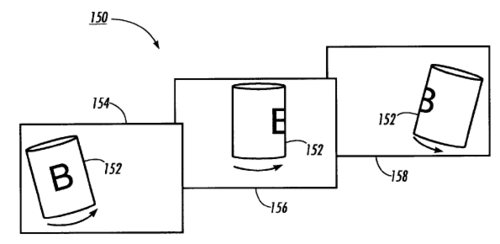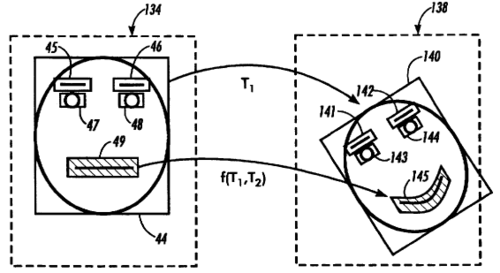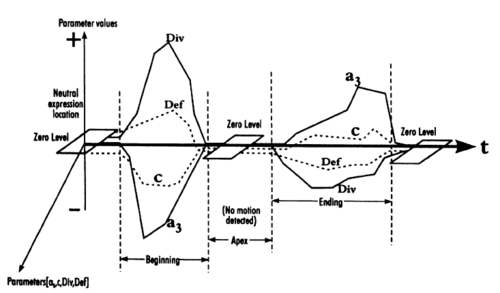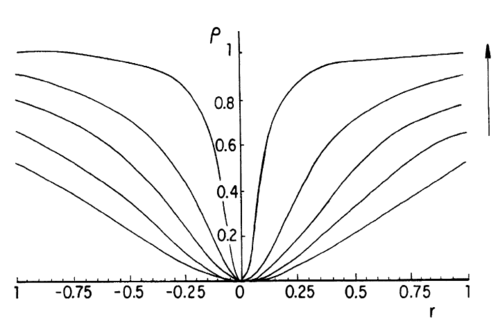2021
Skinned multi-infant linear body model
Hesse, N., Pujades, S., Romero, J., Black, M.
(US Patent 11,127,163, 2021), September 2021 (patent)
2020
Machine learning systems and methods of estimating body shape from images
Black, M., Rachlin, E., Heron, N., Loper, M., Weiss, A., Hu, K., Hinkle, T., Kristiansen, M.
(US Patent 10,679,046), June 2020 (patent)
Machine learning systems and methods for augmenting images
Black, M., Rachlin, E., Lee, E., Heron, N., Loper, M., Weiss, A., Smith, D.
(US Patent 10,529,137 B1), January 2020 (patent)
2019
Method for providing a three dimensional body model
Loper, M., Mahmood, N., Black, M.
September 2019, U.S.~Patent 10,417,818 (patent)
2018
Method and Apparatus for Estimating Body Shape
Black, M. J., Balan, A., Weiss, A., Sigal, L., Loper, M., St Clair, T.
June 2018, U.S.~Patent 10,002,460 (patent)
Co-Registration – Simultaneous Alignment and Modeling of Articulated 3D Shapes
Black, M., Hirshberg, D., Loper, M., Rachlin, E., Weiss, A.
February 2018, U.S.~Patent 9,898,848 (patent)
2017
Parameterized Model of 2D Articulated Human Shape
Black, M. J., Freifeld, O., Weiss, A., Loper, M., Guan, P.
September 2017, U.S.~Patent 9,761,060 (patent)
Crowdshaping Realistic 3D Avatars with Words
Streuber, S., Ramirez, M. Q., Black, M., Zuffi, S., O’Toole, A., Hill, M. Q., Hahn, C. A.
August 2017, Application PCT/EP2017/051954 (patent)
System and method for simulating realistic clothing
2016
Skinned multi-person linear model
Black, M.J., Loper, M., Mahmood, N., Pons-Moll, G., Romero, J.
December 2016, Application PCT/EP2016/064610 (patent)
2013
Human Pose Calculation from Optical Flow Data
System and method for generating bilinear spatiotemporal basis models
Matthews, I. A. I. S. T. S. K. S. Y.
US Patent Application 13/425,369, March 2013 (patent)
2005
Visual motion analysis method for detecting arbitrary numbers of moving objects in image sequences
Jepson, A. D., Fleet, D. J., Black, M. J.
US Pat. 6,954,544, October 2005 (patent)
A Flow-Based Approach to Vehicle Detection and Background Mosaicking in Airborne Video
2003
Method and apparatus for generating a condensed version of a video sequence including desired affordances
Black, M. J., Ju, S., Minneman, S., Kimber, D.
US Pat. 6,560,281, May 2003 (patent)
Apparatus and method for identifying and tracking objects with view-based representations
Black, M. J., Jepson, A.
US Pat. 6,526,156, February 2003 (patent)
1995
Apparatus and method for tracking facial motion through a sequence of images
Black, M. J., Yacoob, Y.
US Pat. 5,802,220, December 1995 (patent)
Apparatus and method for recognizing facial expressions and facial gestures in a sequence of images
Black, M. J., Yacoob, Y.
US Pat. 5,774,591, December 1995 (patent)
Image segmentation using robust mixture models
Black, M. J., Jepson, A. D.
US Pat. 5,802,203, June 1995 (patent)

